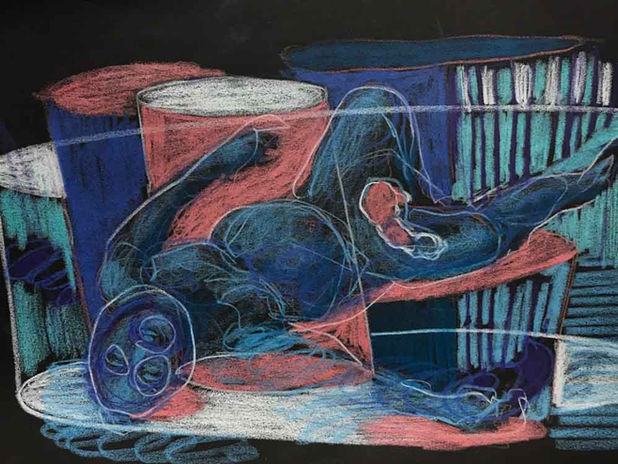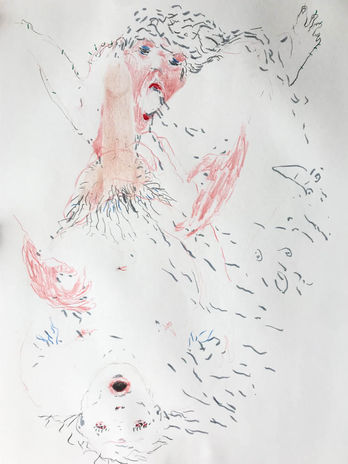Phallocentric
At the beginning of the 20th century, Sigmund Freud came up with the theory of psychological development. Based on no evidence, the theory concluded that subject’s psychological constitution is built upon one’s realization of sexual differences. Realization offered two options, whether the subject has or does not have the precious object. The object being a penis.
Having a penis entails the fear of losing it (castration), while not having one implies “penis envy”.
The penis is the centerpiece of not only psychological development theory but also the town’s main square, museum, university, and festive table.
The phallus is the form that painters, chefs, architects, musicians, and even women aspire to. And size definitely does matter, the longer and fatter phallus is, the tastier the food, prettier the building, and penetration more pleasurable.
Phallocentrism is a concept that brings patriarchal norms to the light. Its primary symbol, phallus – is the form of masculine supremacy and the art that has been fueled by heteronormativity is full of phallocentrism. But we are only interested in exceptional, the most erect and ripe phalluses. In the scope of FUNGUS’s next project, phallocentrism will be discussed as a patriarchal symbol, as well as, the object of esthetical earning.
K.O.I x David Apakidze x Ana Nikoladze
Boys will be boys, toys will be toys Which came first, phallic symbols or pissing contests? This kind of imagery has been around for the whole of history, popping up everywhere from sacred geometry to juvenile, rebellious streaks and street-art primitivism. Is it possible to claim a healthier portion of masculinity back from its toxic mainstream current? What could we see if we were to direct the male gaze back to men? Text by Ana Nikoladze
Andro Dadiani
You Prick

Irakli Mereli
Lasha Fox Tsertsvadze
Mishiko Sulakauri
Koka Kitiashvili






























